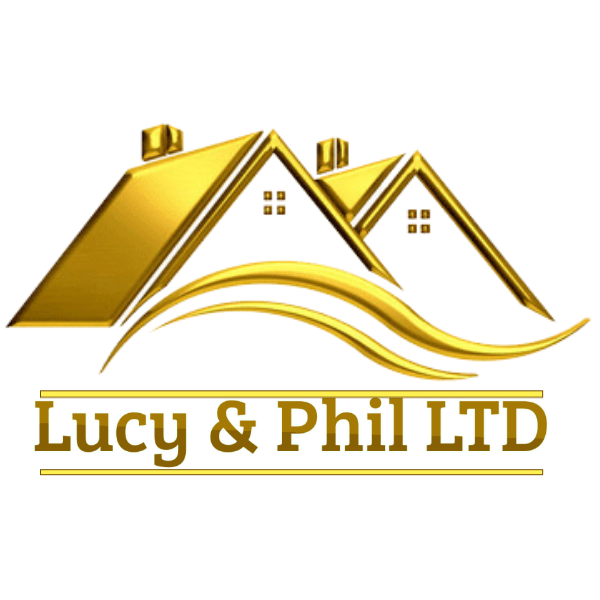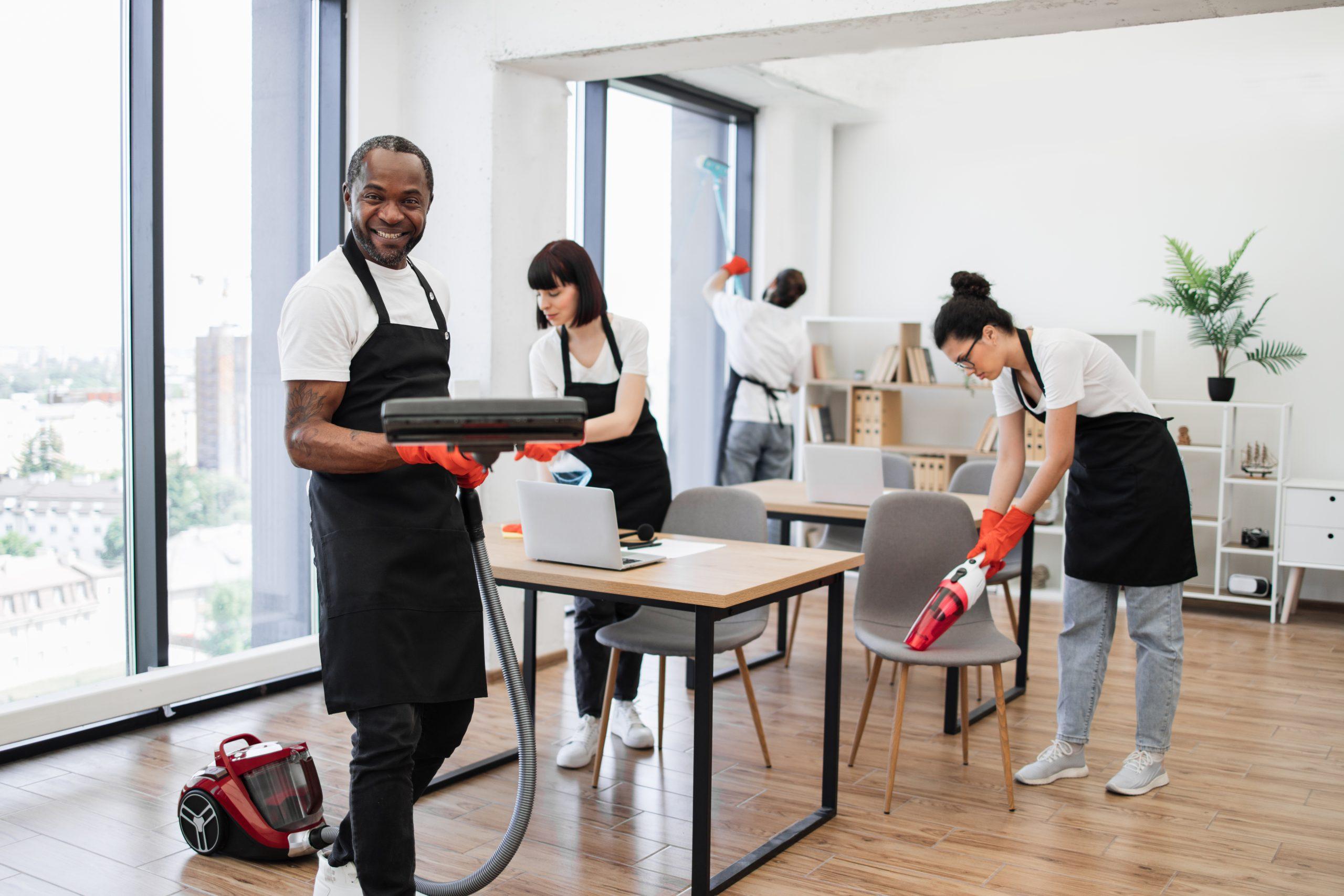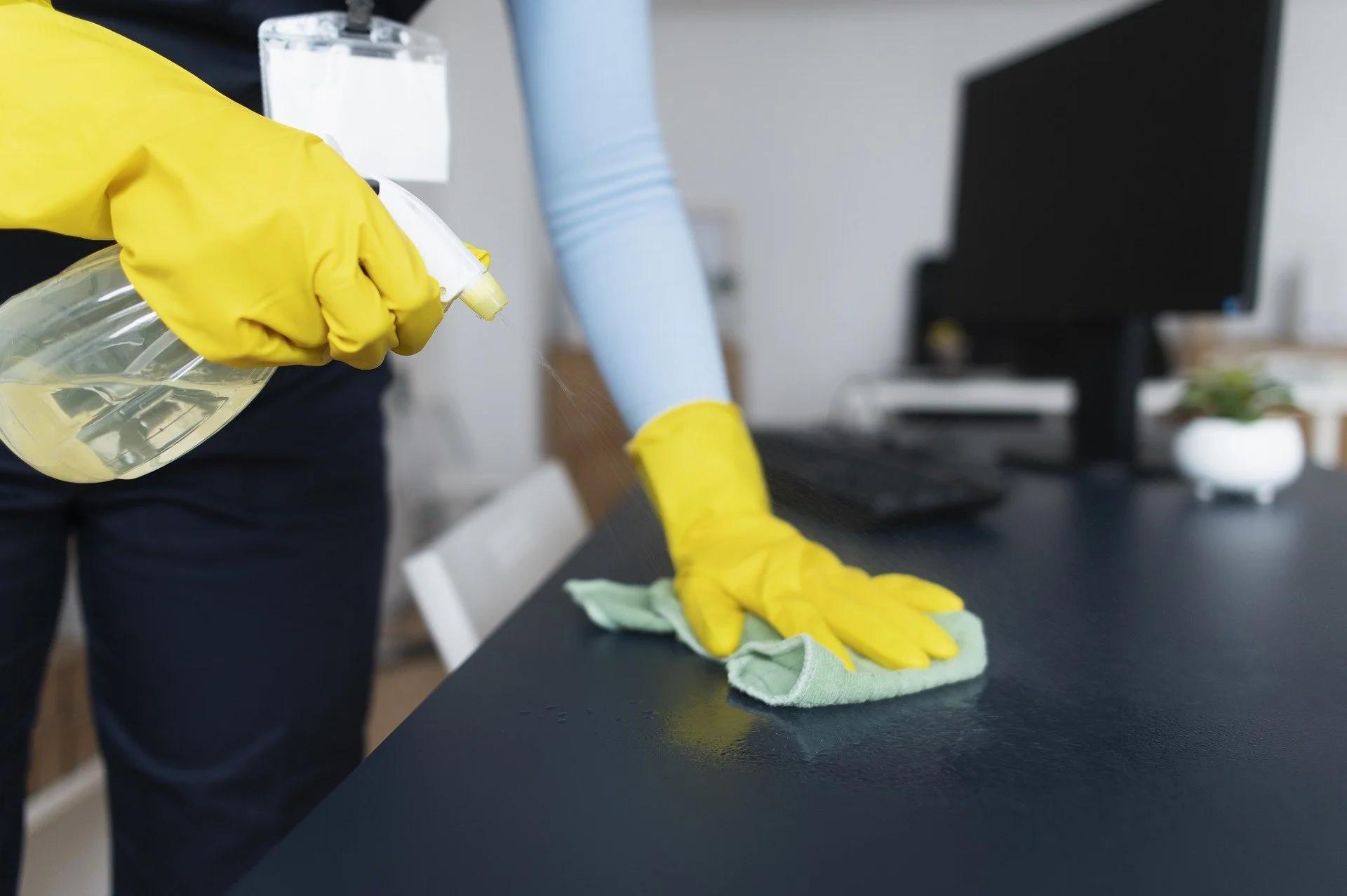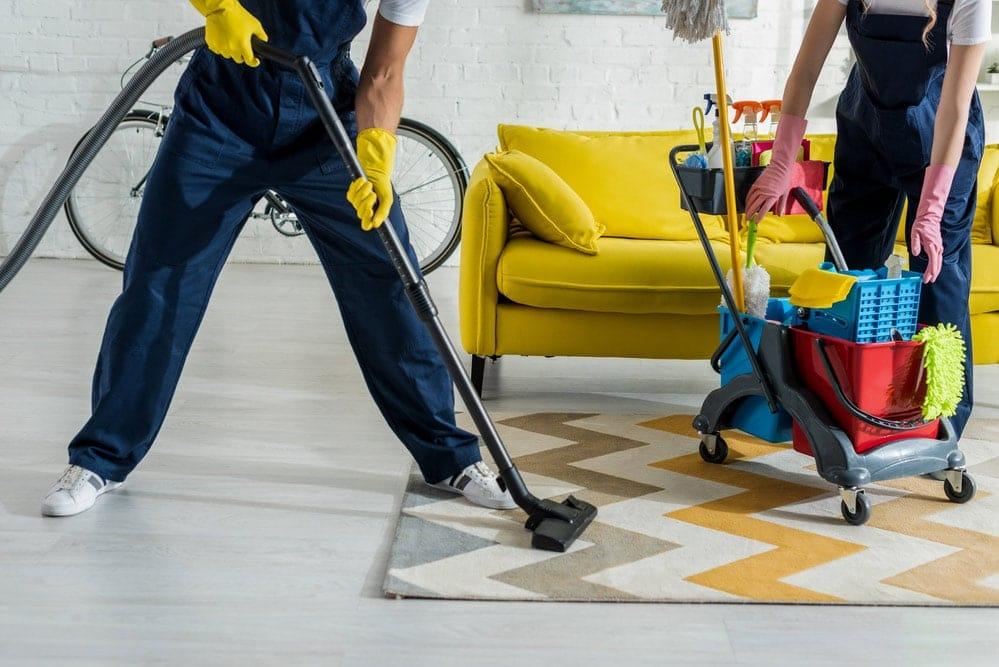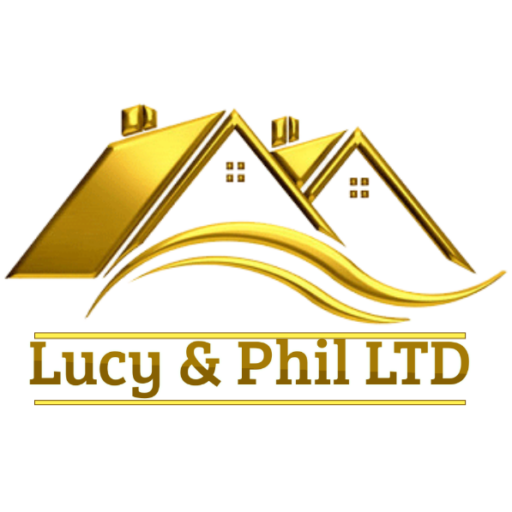
London is a city that never truly stands still, and neither do the spaces that sustain it. Behind glass towers and Victorian terraces, rail hubs and riverside flats, a quieter industry deals with the messier realities of urban life: the spills, residues, infestations, and delicate materials that ordinary cleaning can’t safely or effectively touch. This is the realm of specialist cleaning-where methods are tailored, risks are assessed, and compliance sits alongside cleanliness.
From biohazard remediation and clinical decontamination to fire and flood restoration, heritage stonework care, trauma and hoarding clearances, and post-construction cleans, specialist services address situations that demand more than a mop and a promise. In London, the stakes are often higher: historic façades that require non-abrasive techniques, high-traffic premises that can’t close for long, waste streams that must be handled under strict licensing, and standards shaped by health, safety, and environmental regulation.
This article sets out what “specialist” really means in the context of London’s built environment-how it differs from general cleaning, where it’s commonly needed, and what protocols, equipment, and certifications are typically involved. It also considers practicalities that matter to facilities managers, landlords, and homeowners alike: response times, access constraints, insurance and accreditation, environmental commitments, pricing factors, and how to brief and prepare for the work. In a city of contrasts, specialist cleaning is the careful work that helps it function-and protects what makes it unique.
Table of Contents
- Understanding Specialist Cleaning in London from Biohazard Response to Heritage Stone Care
- Standards That Matter Compliance Training Insurance and How to Verify Them
- What to Expect on Site Scope of Work Equipment Used Timeframes and Aftercare
- How to Choose a Provider Practical Recommendations on Vetting Quotes Sustainability and Emergency Support
- Insights and Conclusions
Understanding Specialist Cleaning in London from Biohazard Response to Heritage Stone Care
From urgent biohazard call-outs to meticulous conservation of listed stonework, London demands a spectrum of specialist approaches shaped by density, heritage legislation, and strict compliance. Teams coordinate discreetly with building managers and local authorities, creating site-specific RAMS, logging chain-of-custody for waste, and deploying the right controls-negative air, Category 3 PPE, ATP verification, and sanitising chemistries compliant with relevant standards. Rapid 24/7 mobilisation protects people, assets, and continuity, while documentation-photos, swab results, and disposal notes-closes the loop with transparency.
- Biohazard & Trauma: Containment, decontamination, and licensed clinical waste removal with traceable documentation.
- Sharps & Needle Sweeps: Systematic, magnet-assisted searches, safe retrieval, and proof-of-clearance reporting.
- Mould Remediation: Moisture mapping, HEPA air filtration, antimicrobial treatments, and root-cause advice.
- Odour Neutralisation: Source removal, ULV fogging, and targeted odour-bonding agents for enclosed spaces.
- Heritage Stone Conservation: Gentle cleaning, poultice salt extraction, lime-compatible repairs, and patina respect.
- Graffiti & Pollution Removal: Substrate-first methods using low-pressure superheated water or micro-abrasion.
Conservation-grade stone care balances aesthetic revival with material science, prioritising breathability and minimal intervention. Techniques such as superheated low-pressure systems (e.g., DOFF), micro-abrasive low-dusting media (e.g., TORC), and carefully formulated poultices lift carbon soiling, waxes, and salts without bruising delicate surfaces. Where mortar failure threatens integrity, lime-based repairs and sensitive repointing stabilise façades; where public spaces are involved, scheduling around footfall, capturing runoff, and opting for low-VOC chemistries support sustainability and civic life.
| Scenario | Key Risk | Preferred Technique |
|---|---|---|
| Crime scene flat | Bio-load & odour | Containment, ATP-led clean, ULV fogging |
| Flooded basement | Mould & silt | Extraction, HEPA scrubbers, antimicrobial |
| Listed sandstone | Salt migration | Poultice, low-pressure superheated water |
| City memorial | Graffiti ghosting | Micro-abrasion, protective sacrificial coat |
Standards That Matter Compliance Training Insurance and How to Verify Them
In London’s high-spec environments, the right partner brings documented proof of competence, safety, and accountability. Look for core frameworks such as ISO 9001 (quality), ISO 14001 (environment), and ISO 45001 (health & safety), paired with sector badges like BICSc (skills), CHAS/SafeContractor (SSIP safety), and specialist credentials including BDMA (damage management), NACSC/RSPH (biohazard), and NAADUK (duct cleaning). Expect compliant documentation-RAMS (site-specific), COSHH assessments with current SDS, calibrated equipment logs, PAT records, and where relevant IPAF/PASMA cards for access work. Insurance must be robust: Employers’ Liability (UK legal requirement), Public Liability with Treatment Risk and Inefficacy endorsements, and Professional Indemnity for consultancy-led projects.
Verification is a process, not a promise. Ask for certificate numbers and effective dates, then cross-check them on independent registers. Confirm that training is role-specific (e.g., trauma, confined spaces, working at height) and mapped to current legislation. Insist on named, up-to-date insurance schedules and endorsements matching the exact tasks (stone restoration, duct cleaning, biohazard, post-construction). For sensitive sites, require DBS status by role, plus evidence of toolbox talks, inductions, and PPE fit-testing. Keep your due diligence auditable-store copies, note expiry dates, and re-verify before each high-risk assignment.
- Cross-check accreditations: UKAS database for ISO; SSIP portal for CHAS/SafeContractor; BICSc member directory.
- Validate insurance: insurer contact, policy number, indemnity limits, and Treatment Risk endorsement; confirm EL via the ELTO register.
- Inspect RAMS: site-specific hazards, control measures, version control, and sign-off by a competent person.
- Review chemical controls: current SDS, COSHH assessments, and storage/transport procedures.
- Check training & permits: IPAF/PASMA, BDMA, RSPH/NACSC, asbestos awareness, sharps handling.
- Confirm equipment safety: PAT status, maintenance logs, and calibration certificates where applicable.
| What to ask | Where to verify | Why it matters |
|---|---|---|
| ISO certificates | UKAS directory | Proven systems |
| SSIP status | SSIP portal | H&S competence |
| BICSc/BDMA IDs | Official registers | Skill validation |
| Insurance schedule | Insurer/ELTO | Risk transfer |
| RAMS & COSHH | Project file | Legal compliance |
What to Expect on Site Scope of Work Equipment Used Timeframes and Aftercare
On arrival, our DBS-checked team completes a concise site induction, a safety-first walk-through, and a transparent briefing so you know who’s doing what, where, and when. We lay protection on high-traffic routes, isolate work zones, and agree checkpoints for progress updates and sign-off. The scope is tailored to the property and your priorities-whether you’re post-build in Shoreditch, turning over a rental in Camden, or restoring period finishes in Kensington-so every task aligns with access constraints, noise windows, and building management rules.
- Deep kitchens: degreasing, descaling, sanitising food-contact surfaces
- Post-build: fine dust extraction, detail snagging, sparkle finish
- Stone care: diamond pad restoration, sealing, stain removal
- Soft furnishings: hot water extraction, anti-allergen treatment
- Specialist: biohazard clean-up, odour neutralisation, mould remediation
| Task | Crew | Typical Time |
|---|---|---|
| Post-build flat | 2-3 | 4-6 hrs |
| Townhouse deep clean | 3-5 | 1 day |
| Stone floor restore | 2 | 4-8 hrs |
| Upholstery & rugs | 1-2 | 2-4 hrs |
| Bio/odour treatment | 2 | 2-6 hrs |
Equipment is professional-grade and London-ready: HEPA-13 vacuums for fine dust, 180°C steam for sanitisation, oscillating and rotary machines with diamond pads for stone, truck-mount or high-output extractors for carpets, and ULV foggers for odour/bio tasks-backed by ATP and moisture meters for objective results. All agents are COSHH-compliant with eco alternatives available. Aftercare is built in: we leave a concise care sheet, re-entry times, and maintenance tips so finishes cure correctly and your space stays pristine between visits.
- Ventilation: keep windows ajar 30-60 mins after completion (longer after fogging).
- Re-entry: soft furnishings usable in ~2-4 hrs; fogged areas per technician advice.
- Curing: avoid wet mopping freshly sealed stone/wood for 24-72 hrs.
- Spot care: blot, don’t rub; use pH-appropriate cleaners on treated surfaces.
- Follow-up: optional 7-14 day check for stone and odour projects.
How to Choose a Provider Practical Recommendations on Vetting Quotes Sustainability and Emergency Support
Start with clarity: insist on a site survey and a line‑item quote that separates labour, materials, access equipment, waste transfer and any out‑of‑hours premiums. Ask for proof of RAMS/COSHH, insurance levels suitable for Central London estates, and current accreditations (e.g., ISO 9001/14001, CHAS, SafeContractor). Verify experience with London‑specific environments-heritage façades, transport hubs, clinical settings-and request KPI frameworks with audit schedules and photo‑logged reports. Confirm staff vetting (DBS where relevant), training matrices, and contingency for road closures or restricted access. Transparent providers will explain mobilisation timelines, key‑holding protocols, and how they manage TUPE and surge capacity without diluting quality.
- Breakdown: tasks, frequencies, consumables, access, waste routes, call‑out fees
- Evidence: sample reports, before/after sets, named references in London postcodes
- Compliance: RAMS specific to site, COSHH registers, WAH plans, permits for MEWPs
- Cover: £10m public liability, treatment risk, efficacy cover for specialist cleans
- Quality: SLA with credits, supervisor ratios, escalation tree and audit cadence
| Ask For | Good Sign |
|---|---|
| Scope & pricing | Itemised, no “TBC”, clear exclusions |
| Proof of capability | Case studies in similar London sites |
| Compliance pack | RAMS/COSHH tailored to your building |
| Reporting | Photo logs, KPIs, dashboard access |
| Insurance | Treatment risk explicitly included |
Sustainability should be measurable-look for eco‑labelled chemistry (EU Ecolabel/Cradle to Cradle), microfibre systems, low‑water methods, refill stations and an electric or ULEZ‑compliant fleet with route consolidation. Demand waste traceability (licensed carriers, hazardous logs, WEEE), carbon reporting per job, and social value commitments like London Living Wage, local hiring and accredited upskilling. For time‑critical incidents (flood, fire, biohazard), confirm a 24/7 control room, named duty managers, and SLA targets (e.g., 2‑hour response, 4‑hour on‑site) with stock caches, specialist PPE and partner labs if decontamination is required. Robust providers outline disaster recovery playbooks, out‑of‑hours security protocols, and communication that fits your CAFM or incident platform.
- Green indicators: carbon baselines, monthly impact reports, electric vans, chemical dosing controls
- Emergency readiness: rota of on‑call technicians, spare plant, water extraction units, ATP testing
- Integration: API or simple uploads to your CAFM, real‑time ETA updates, resident comms templates
- Resilience: secondary supplier network, surge staffing, documented supplier risk register
- Pricing fairness: published call‑out bands, capped night rates, no hidden environmental surcharges
Insights and Conclusions
In a city that never quite settles, cleanliness is more than shine-it’s continuity. From heritage facades to high-containment labs, the value of specialist cleaning lies in precision, compliance, and quiet reliability. Whether you choose in-house capability or partner with specialist cleaning services in London, the best outcomes come from clarity and accountability: define your scope, check accreditations and insurance, review RAMS and method statements, ask for sector-specific references, and agree measurable KPIs and SLAs. Sustainability credentials and DBS-vetted teams matter too-especially where people, assets, and reputation intersect.
London will keep moving. Trains will pull in, kitchens will re-open, galleries will switch on their lights. The right specialist partner won’t slow the tempo; they’ll help everything else play in time. As you close this tab and weigh your options, think less about a spotless moment and more about a resilient routine-one that protects health, preserves materials, meets regulations, and stands up to the city’s pace. That’s not glamour. It’s good stewardship, done well, day after day.
